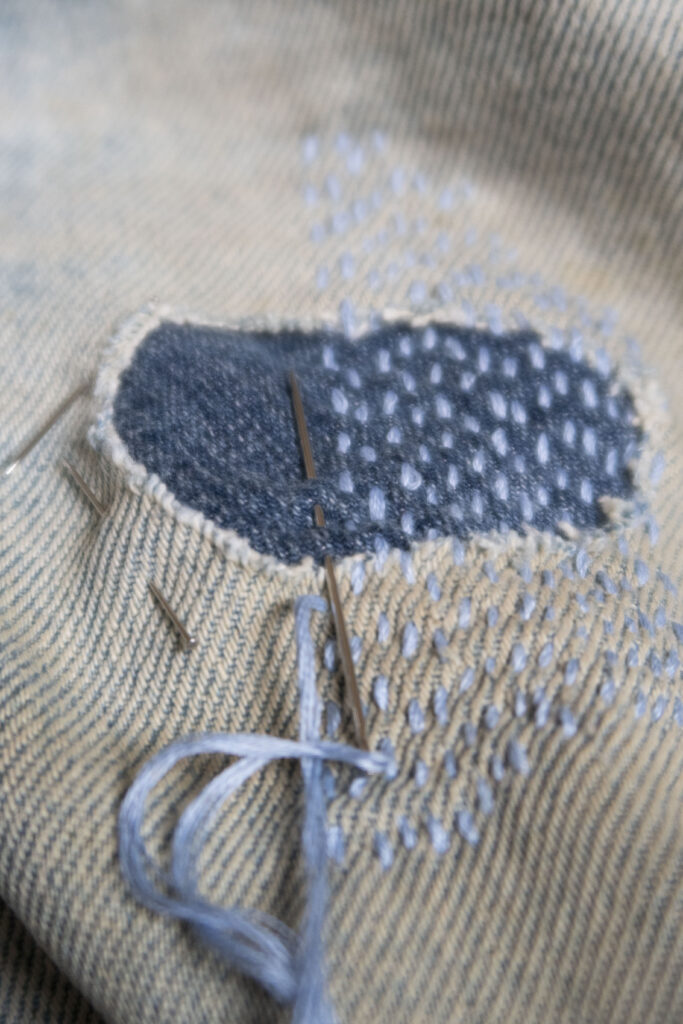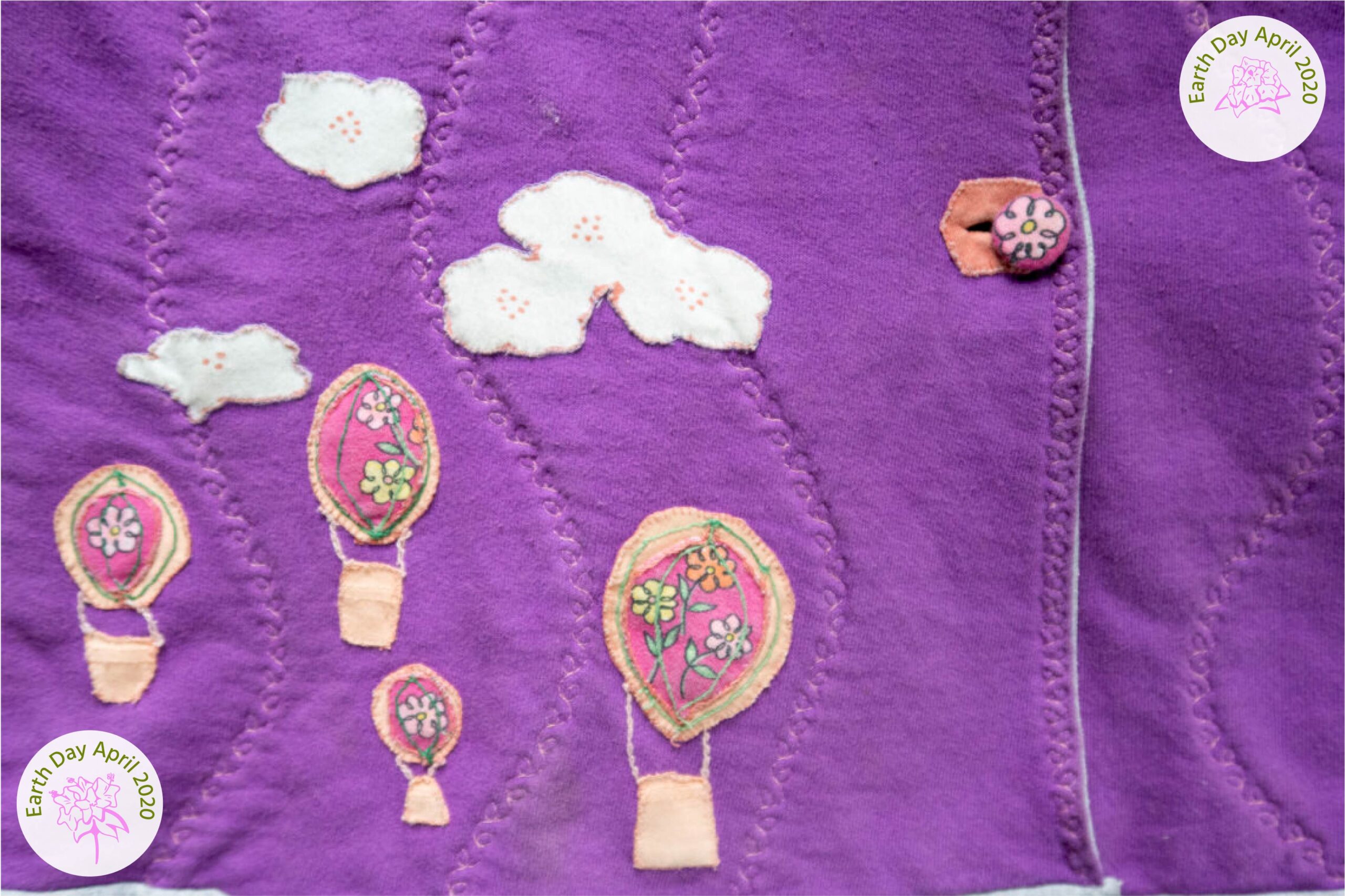EDITOR’S NOTE: Are you quarantine/spring cleaning and coming across some interesting or funny items? We would love to see photos of your found treasures. The weirder the better. Send your photos to newsroom@dominionpost.com.
Despite sporadic snow, spring has arrived, and with it the tradition of spring cleaning. With Earth Week in mind, it’s a perfect time to consider how to clean environmentally.
Downsizing can be satisfying, and many people are on the kick of only keeping what brings them happiness, or only what they really need. But also consider where the excess and worn out go.
Your wardrobe is a great place to start if you’re ready to spend quarantine time cleaning things out.
First things first, gather all your clothes together. Don’t forget to do your laundry before you start, so everything is clean. Grab those things in the mending pile, too.
Next, consider each and every bit of clothing you own. Review it for whether it fits you well (right now, not if you lose a few more pounds), whether it has long-term style value, whether you enjoy wearing it, and whether it is in good condition, and any other factors you find important.
Great, now you have a pile of clothing to keep, and a pile of clothing you don’t want. But wait, don’t throw the latter out.
There are ways to give clothing a second life. If it is ripped or needs other repairs, do them, and have fun with it.
Mending doesn’t have to be just fixing a hole in the most discrete way. Incorporating patches and visibly repairing damage to clothing are long-standing practices — Japanese traditions of Boro and Sashiko, among others, embrace mending to create even more interesting clothes.
Follow a traditional technique or create your own. Some fun ideas to get you started are:
Mend with embroidery thread, and create a pattern around the hole.
Add a contrasting fabric behind the hole, even with a little scene, making the hole look like a little window.
Weave a patch with embroidery thread or strips of fabric to place on top or behind a hole.
If you have a rip on a seam and want to repair it without a statement, learning a few basic hand stitches can take you a long way in lengthening your clothing’s life span.
Running stitch is a great place to start; just bring your threaded needle up and down through your fabric in a straight line.
Making stitches about a quarter inch long is a good beginning point, and practice with the length for the strength and effect you want. Longer stitches are weaker, and shorter can provide a lot of strength to seams.
Double your thread (and tie a nice knot at the end), for strength as well.
Back stitching can help with repairing zippers and places where the fabric is unraveling. For this stitch, poke your needle up through the fabric, come down to the right of your starting point, and then up farther to the left of your starting point. Next, go back down just a little to the right of the beginning of the first stitch, and up farther to the left. Continue for a strong seam.
There are lots of other easy stitches, but those two will take you pretty far in your mending journey.

If pesky pilling has clothing heading for the landfill, try removing pills with comb, razor, or strip of velcro if you don’t have a sweater stone or other bought tool on hand.
Clothing that is past wearability can be cut up for other uses, as quilters have long demonstrated. Use good pieces of unwearable clothing for patches to rescue otherwise usable clothes. Or make patches to sew convenient pockets onto clothes that lack them. Cut out a motif of a pretty print for an appliqué to perk up a boring outfit.
When clothing really has bitten the dust, use it to help remove dust from surfaces. Natural fiber clothing works especially well for turning into rags as a substitute for paper towels. Cut a variety of sizes, and keep a basket full within easy reach. Reserve whites for special surfaces, like walls and other places where scrubbing with a colored cloth could leave unwanted hues.
Swap or donate clothing in good shape, but which doesn’t belong in your wardrobe any more, to keep waste out of landfills during Earth Week and every week.
By Aldona Bird
Tweet @DominionPostWV




